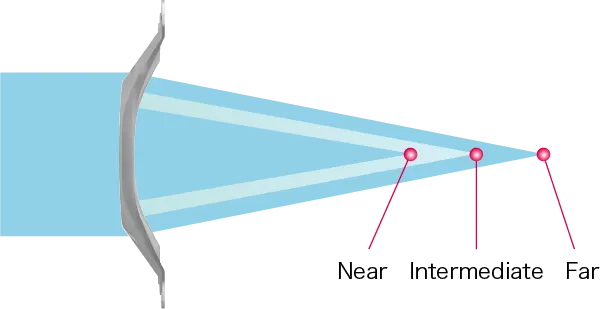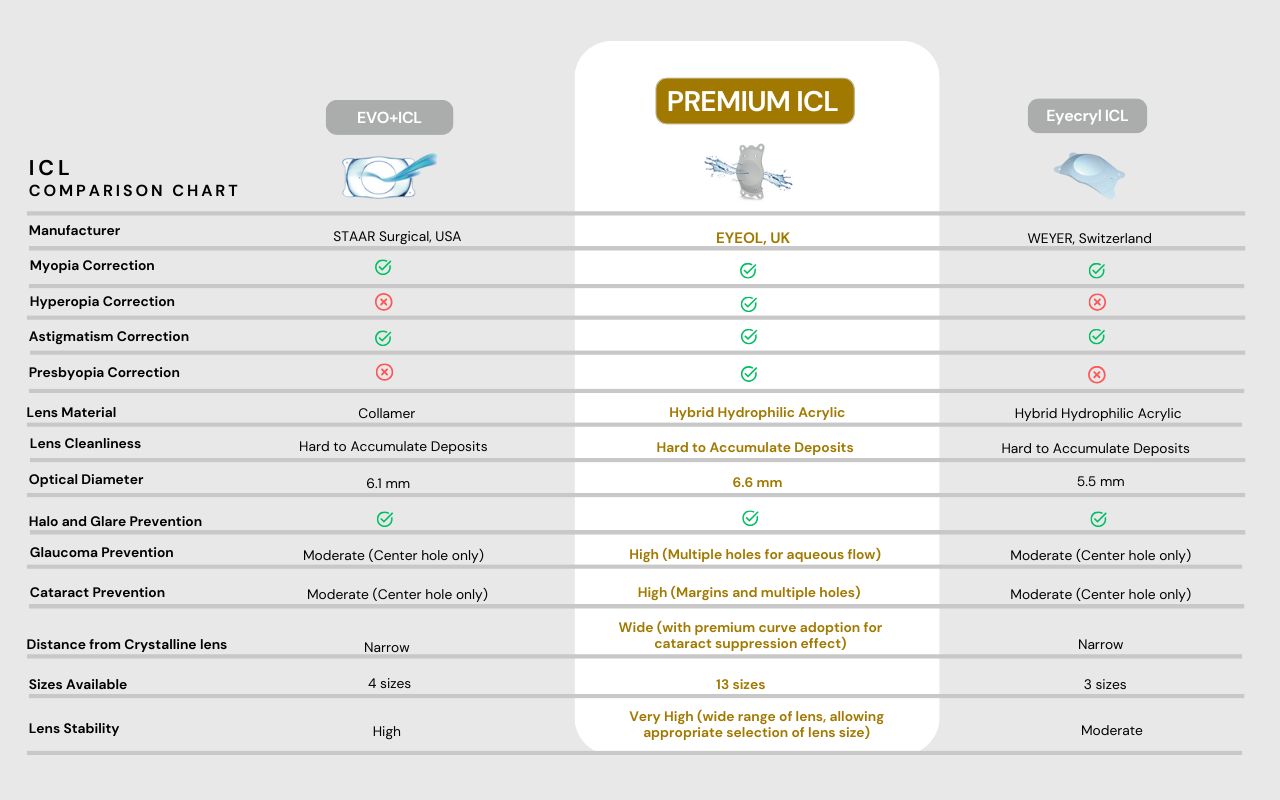ICL
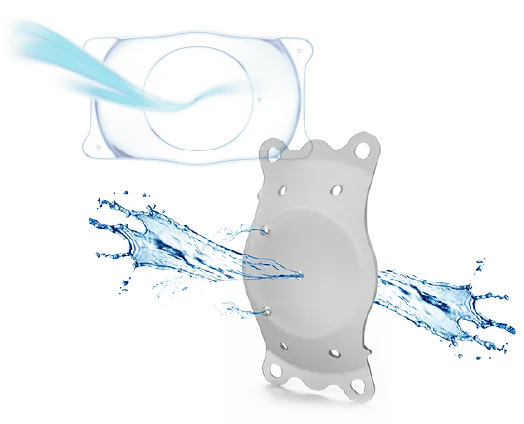
“ICL (Implantable Contact Lens)”, a surgery that does not require to remove the corneal tissue.
ICL is a new vision correction surgery that restores vision by inserting tiny lenses into the eye. It does not require daily care like contact lenses and does not require special maintenance to maintain good vision in the eye for a long period of time. The unique feature of ICL surgery is that it does not have corneal abrasion. The benefits of not abrading the cornea are numerous, and one can expect to have a comfortable naked eye lifestyle.
Characteristics of ICL (Implantable Contact Lenses)
-
“Reversible surgery” that can return the patient to his or her pre-operative condition.
LASIK is one of the most well-known vision restoration surgeries. While LASIK treats myopia and astigmatism by abrading the cornea, ICL is a treatment that restores vision without abrading the cornea. Once the cornea was removed, it cannot be restored to its original state, but with ICL, once the lens is set inside the eye it can be removed. If a problem should occur, the ICL can be removed and the eye can be restored to its original state. Also, if a cataract occurs, the ICL can be removed and the cataract can be treated.
-
Not abrading the cornea, so “the quality of vision is excellent.”
LASIK can increase higher order aberrations (irregular astigmatism) due to the abrading of the cornea. In particular, people with high myopia tend to have a large increase in higher order aberrations because of the need to remove a large amount of corneal tissue. This higher-order aberration is a minute distortion that cannot be corrected with glasses or soft contact lenses and is related to the quality of vision after surgery. ICL improves vision without abrading the cornea, so there is no higher-order aberration after surgery. In the past, ICL surgery was seen as another option to restore vision for those who could not undergo LASIK, but nowadays, an increasing number of people are daring to undergo ICL surgery even if they are eligible for LASIK.
Differences in vision due to increased higher order aberrations (irregular astigmatism)
-
Visibility without increased higher-order aberrations

High quality of vision
(Simulated image) -
Visibility with increased higher order aberrations

Low quality of vision
(Simulated image)
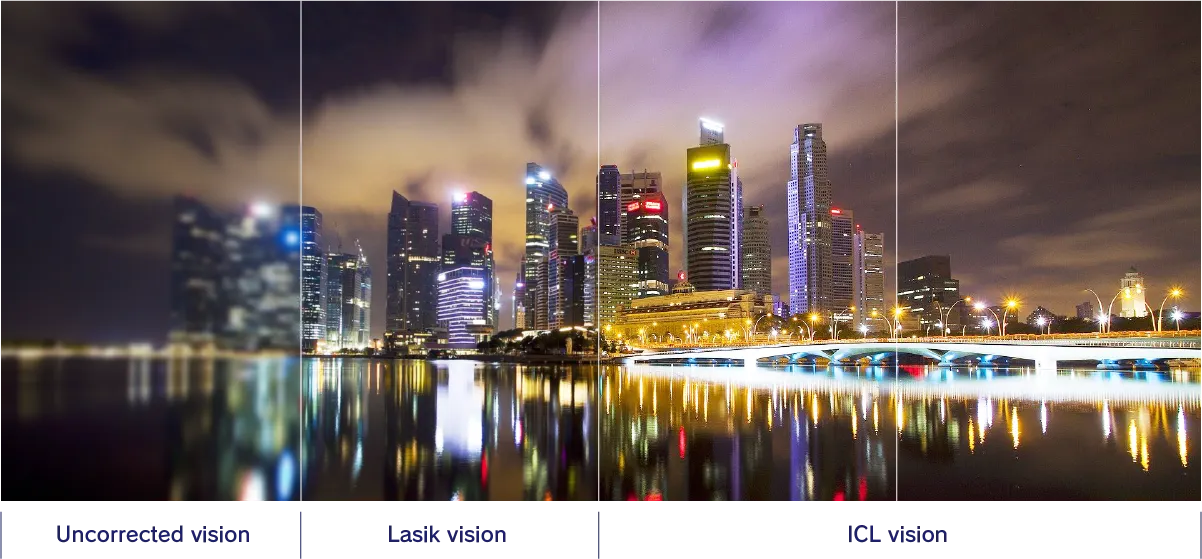
-
-
Not abrading the cornea, so “the range of surgical indications is wide.”
Even if you want to restore your vision, there is a limit to the number of degrees that can be corrected with LASIK. Many people have given up on LASIK surgery because of high myopia, insufficient corneal thickness, corneal shape problems, or because they have been diagnosed with keratoconus. Therefore, even those with high myopia, thin corneas, corneal shape problems, and those diagnosed with keratoconus can undergo ICL treatment. In addition, the range of degrees that can be corrected is wide, and even those with strong myopia or astigmatism that cannot be corrected with LASIK can have their vision restored. -
Maintenance-free “permanent implantable contact lenses”
Regular contact lenses require daily care, and many people find this a hassle. ICL (implantable contact lens) restores vision by inserting a lens into the eye, so there is no need to care for the lens after treatment, and vision can be maintained over the long term. ICL (implantable contact lens) restores vision by inserting a lens into the eye. -
Not abrading the cornea, so “Less risk of surgery
LASIK can cause temporary dry eyes because the sensory nerves in the cornea are severed during flap creation. Normally, the severed sensory nerve will return to normal in about three months, but dry eye symptoms may persist for some time after the surgery. LASIK may also cause light to appear blurred in dark areas and contrast sensitivity to decrease after surgery. These symptoms may occur when the excimer laser beam diameter is smaller than the pupil size opened in the dark. Implantable contact lens (ICL) does not remove the corneal tissue, so these postoperative risks are minimal. -
No Dry Eye
LASIK involves cutting through the cornea when the corneal flap is created. It may damage some nerves, and causes dry eye. On the other hand, ICL does not induce dry eye because it does not affect cornea nerve fibers.
Advantages and Disadvantages of ICL
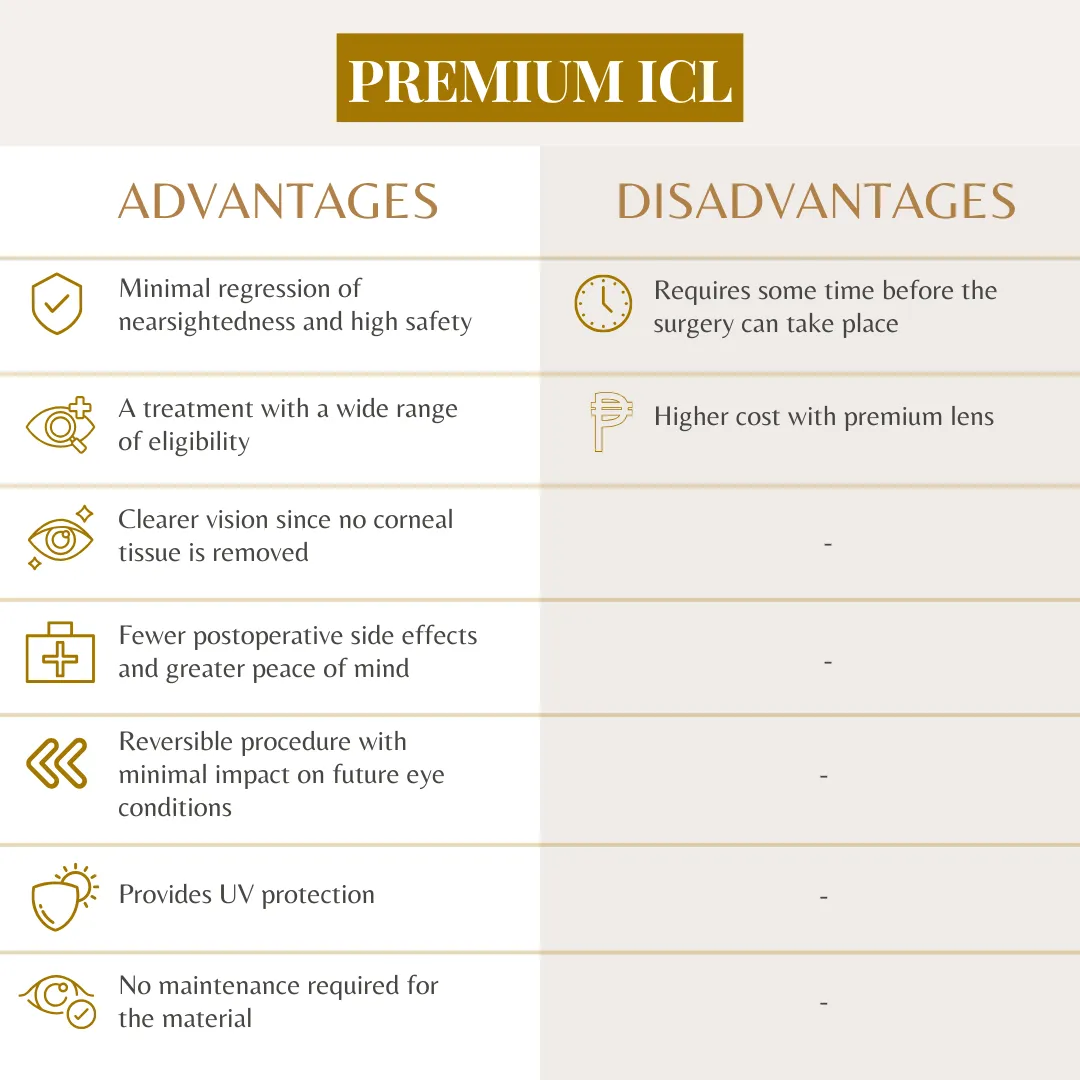
ICL is suitable for
- Those who desire high quality vision
- Patients with high myopia
- Patients with strong astigmatism
- Patients with thin corneas
- Those who have been diagnosed with keratoconus
- Patients with dry eye
- Those who are not comfortable with the abrading of the cornea
- Those who have been diagnosed as being inadequate for LASIK
- Now, 70-80% of myopia and astigmatism is correcting by ICL
in Japan and other advance countries.
ICL surgery
Surgery Flow of ICL
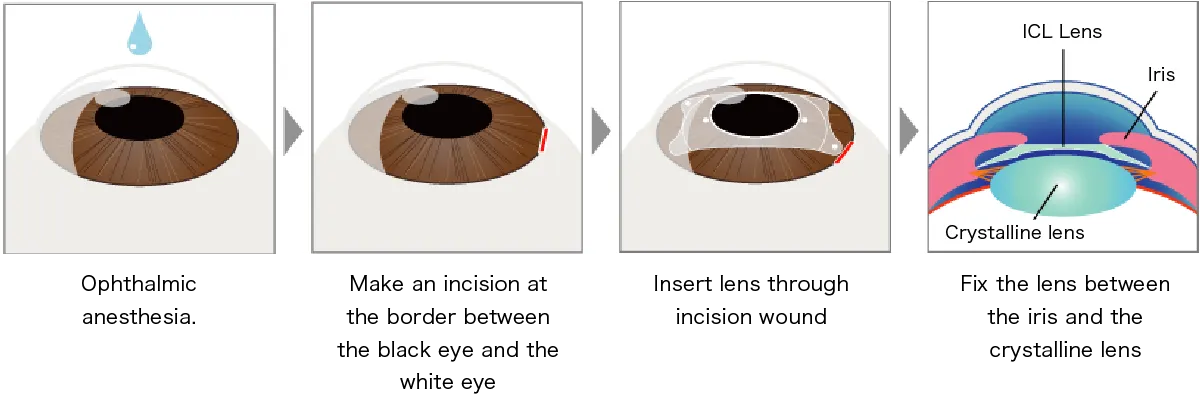
Presbyopia Treatment
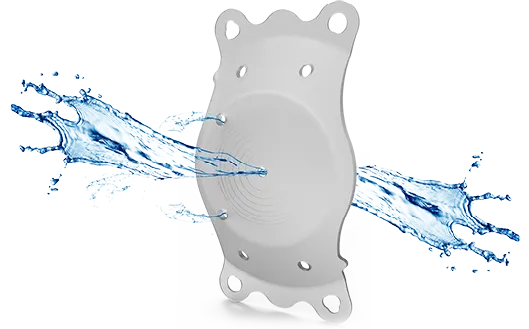
Trifocal Premier Contact Lenses
(Lenses for far, intermediate, near vision)
Presbyopic lenses are available for three
distances: far, intermediate, and near.
The world’s first trifocal ICL lens that can treat presbyopia is the only premium implantable contact lens. Presbyopia is said to become apparent after the age of 40, and with the introduction of ICL lenses for presbyopia, it is now possible to restore vision to people of all ages. The lens structure is similar to the trifocal lens used in cataract surgery, but the shape of the hole in the center of the lens is conical, which helps control optical loss. In addition, the unique lens design reduces halo and glare
Trifocal lens effect brings near, intermediate, and distant areas into focus
Presbyopic lenses are trifocal diffraction apodized structures
Premium implantable contact lenses for presbyopia, which can treat presbyopia, have a lens structure similar to the multifocal lenses used in cataract surgery. Lenses that focus on multiple distances are structured to distribute light by means of grooves placed in the incoming lens, but the major difference from cataract surgery is the presence or absence of a lens. The major difference from cataract surgery is the presence of the lens. In cataract surgery, the cloudy lens is removed, but in the case of ICL, the lens is inserted without leaving the lens. Premium implantable contact lenses for presbyopia are expected to reduce optical defects and haloes/glare by adopting a unique lens design that has a higher step at the center than at the periphery and gradually increases the angle of the step placed outward from the center.
-
Steps on lens surface

-
The angle is higher from the center to the periphery.




